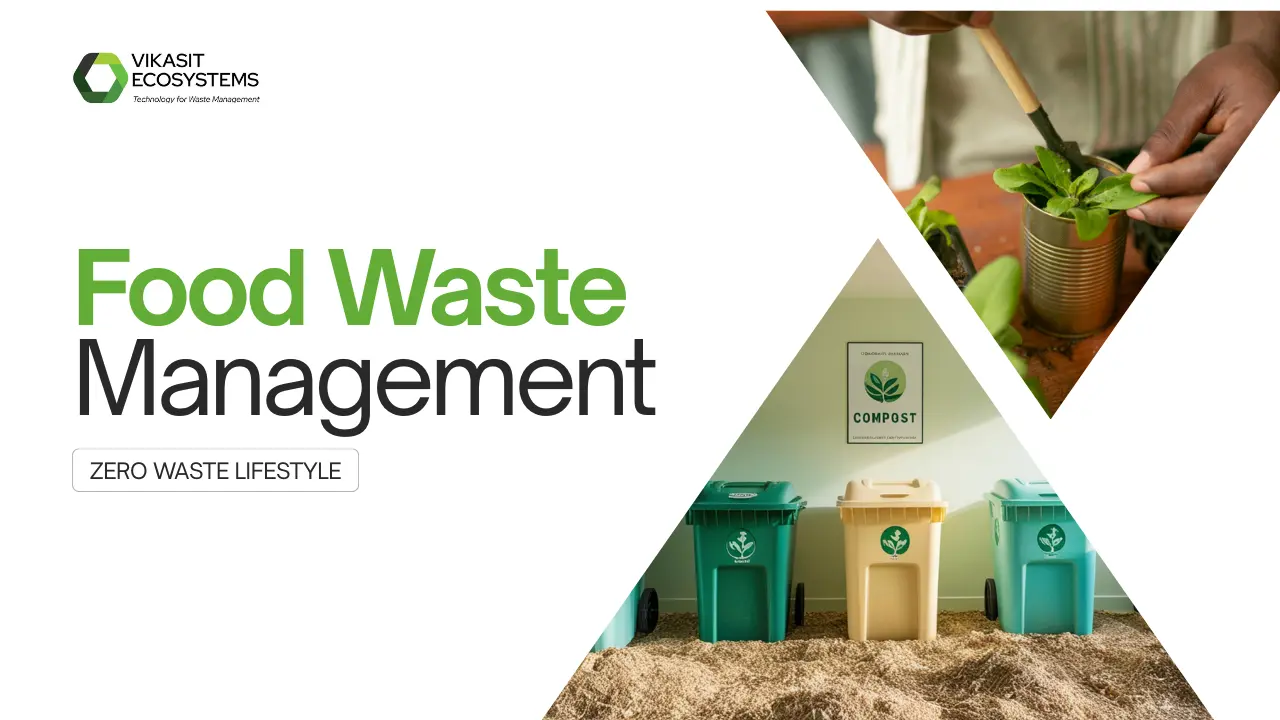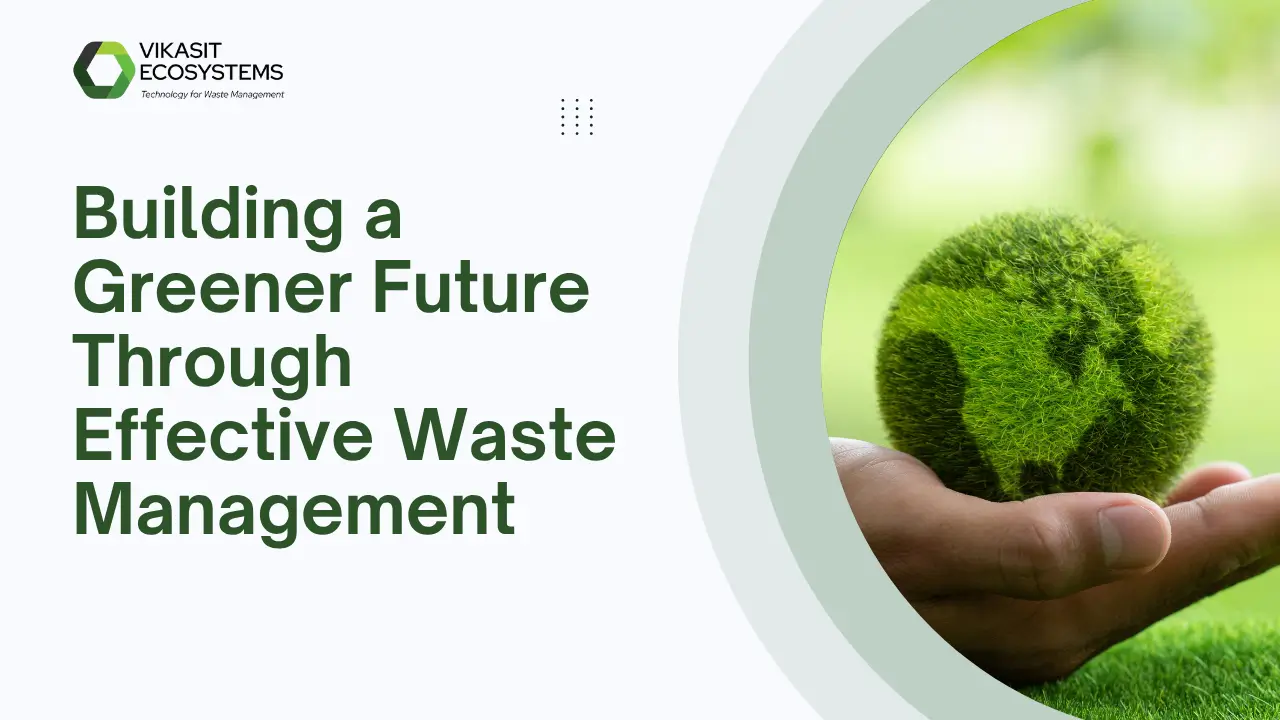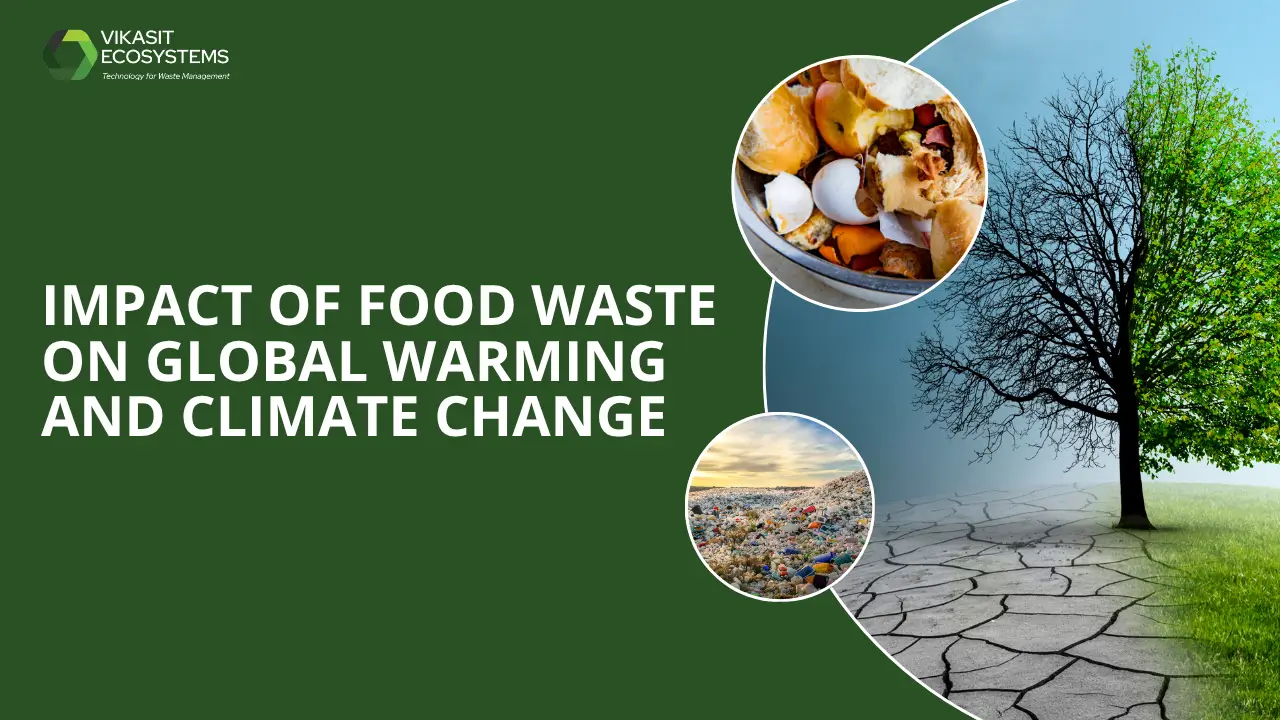A 65 m (213 ft) tall mountain of garbage stands in the Ghazipur neighbourhood of the national capital Delhi, some 13 kilometres from the India Gate. The famed Qutub Minar, which is 73 metres high, is only eight metres higher than the rubbish that has accumulated at the Ghazipur dump. Garbage continues to be thrown at the landfill site, which was established in 1984 and has been overflowing since 2002. This is not just the tale of Ghazipur. There are two other dumps of this type in Delhi and other cities.
It’s interesting to note that these locations—Ghazipur, Okhla, and Bhalswa—are not sanitary landfills but rather garbage dumps. What is the distinction? Well, a sanitary landfill or a landfill that has been professionally built is made to only accept inert garbage and residual solid waste. Subhasish Parida, Program Manager, Centre for Science and Environment, elaborated on the subject.
A gas collecting system is required for a scientific landfill since it may also receive organic waste in addition to inert waste, both of which have the potential to produce methane gas. Leachate must be collected and treated using a system (water that has percolated through a solid and leached out some of the constituents). The municipal corporation is responsible for keeping an eye on ambient air, surface water, and ground water to make sure that no pollution is being produced by the landfill.
Why Open Dumping of Trash Is Dangerous To Your Health
A dump site is essentially a plot of land that is used by a local organisation to dispose of solid waste without adhering to sanitary land filling guidelines. Richa Singh, a landfill expert from the Centre for Science and Environment, spoke specifically about Delhi.
These landfills are nothing more than a piece of land used for disposing of rubbish, therefore they lack a barrier layer at the bottom, a facility to handle hazardous liquids produced by the waste, and a way to handle gases that are released from the landfill. Leachate is created in large quantities throughout the entire waste disposal process, along with other gases like methane, which has a high potential for global warming, and H2S gas (also known as sewer gas or hydrogen sulphide).
In order to prevent the landfill from catching fire, there should ideally be a system in place to collect leachate and flare methane gas into the air. But, at least with regard to Delhi’s landfills, such does not appear to be the case. Ms. Singh continued by explaining the effects of landfills being used as dumpsites.
Those who live within 5 km of the pollution source are subject to a wide range of contaminants. Even if you do not use that water for drinking, people who live nearby still use it for bathing and cleaning their utensils since, as we all know, groundwater is the real source of drinking water. They are therefore at risk of contracting numerous acute and chronic ailments.
Are Sanitary Landfills A Reliable Waste Management Option?
A waste management expert from Delhi named Sourabh Manuja thinks scientific landfills are not always bad.
He says,
Scientific landfills are illustrations of the linear economics idea and only take up usable area. Scientific landfills are enclosed buckets that hold garbage; we collect leachate and treat it, as well as landfill gas; of course, these must be scientifically closed, capped, and monitored when they are full. They are far more expensive in the long term than waste processing.
Indian Waste Management: Expert Opinion
In India, garbage is a major issue. There will inevitably be more waste produced each day as the population grows. Although landfills can only accept a certain quantity of waste, increasing the number of landfills and dumping rubbish there is not a solution. Unless we want a situation like Delhi, where the Ghazipur landfill frequently catches fire, posing a health risk to nearby residents as well as an environmental risk. What then is the answer? separation of waste at the source. Inadequate source segregation is a barrier to waste management because of either a lack of interest on the part of people and businesses or a lack of resources. Mr. Manuja explained how it can benefit in garbage management,
Generators must separate waste at the point of generation; they must also collect and transport dry waste to material recovery facilities, where it is sorted and sold. A processing facility receives wet waste and uses it to make compost or biogas. To recoup a fraction of the operating expenses, the outputs are sold on the open market. Only processing rejects and inerts are disposed of in cells that were built and are operated using science (landfills). Keep in mind that you need to properly link the rejects in order to manage a processing plant.
In agreement with Mr. Manuja’s viewpoints, Swati Sambyal, an independent waste and circular economy expert, emphasised the need of waste segregation at the source, which is required by law under the SWM Regulations 2016. Ms. Sambyal also emphasised the need of preventing trash at the source and managing one’s own garbage, such as composting wet waste at the source.
Waste-to-energy facilities, which burn waste to create electricity, are another option being used by many communities. In India, 11 waste-to-energy facilities are currently in operation. But even then, these facilities don’t produce enough energy since they need segregated garbage to operate properly. According to Chitra Mukherjee, Consultant, Waste and Sustainable Livelihood, it is important to shift our attention from building WTE facilities and landfills to local, decentralised waste management.
Mukherjee stated:
Regardless of whether it is a home, colony, market, or workplace, the garbage that they produce should be managed by them at the point of generation, and we shouldn’t be considering using antiquated methods. We should rely on our waste collectors to separate the rubbish and choose solutions like recycling and reuse instead.

Written by the Sustainability Research Team at Vikasit Ecosystems – pioneers in decentralized organic waste management and creators of The Soil Maker. Follow us for updates on green innovations, circular economy, and urban resilience.





